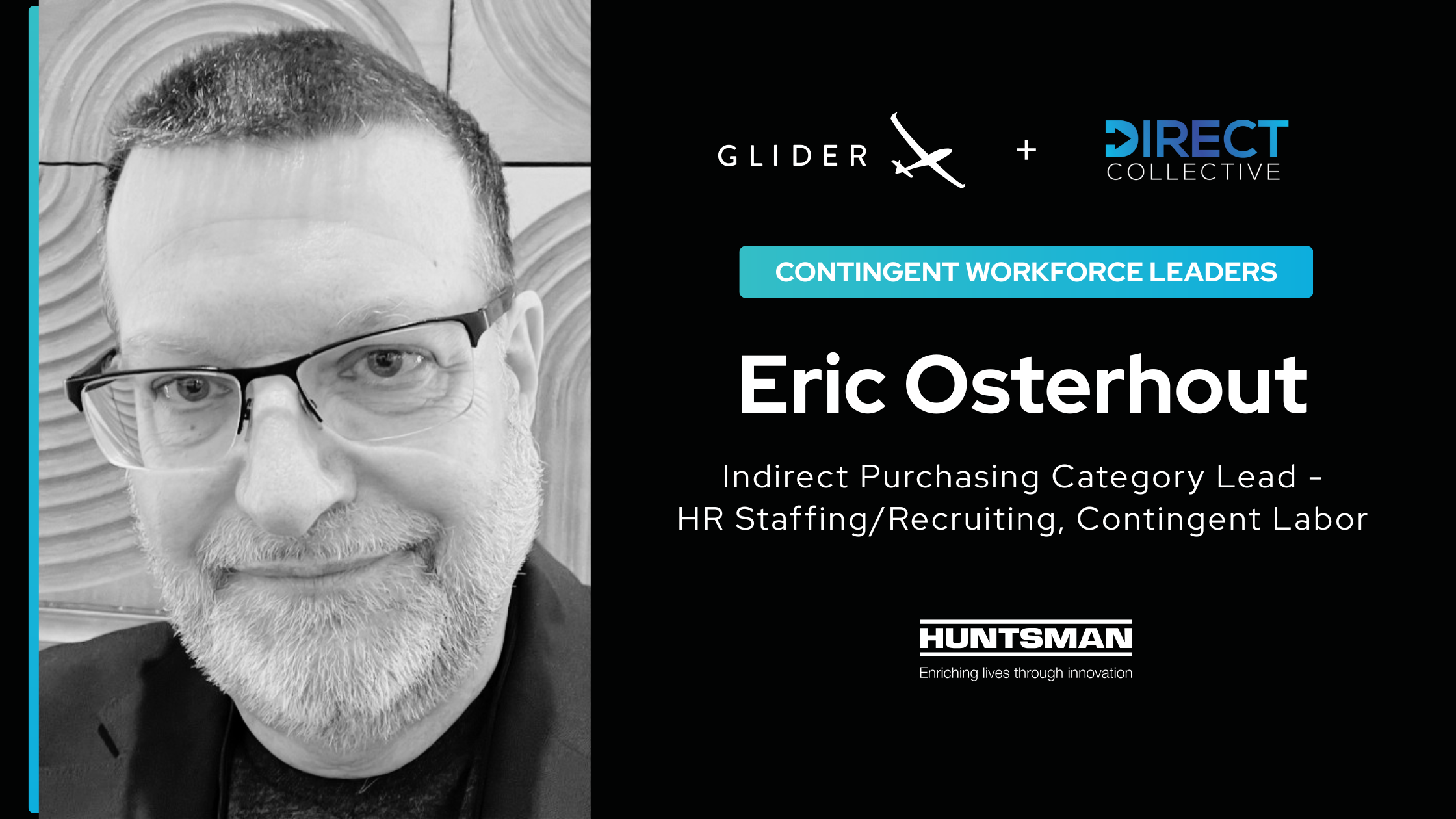
Make talent quality your leading analytic with skills-based hiring solution.

There’s no denying that the revolutionary 21st-century technologies have completely changed the way we live our lives. And with new gadgets and software invading virtually every workplace, there was a surge in demand for tech talent.
However, according to a recent survey from Modis, around 41% of companies globally said that one of their biggest hindrances had been tech recruiting.
As everyone is getting on board the AI, ML, AR, and VR bandwagons, companies are finding it more and more difficult to hire tech talent that will propel their business forward.
It doesn’t end at hiring, though. There’s also the other vital aspect of recruitment – the ability to retain the quality tech talent that is onboard and continue driving organizational growth.
The biggest issue is that a lot of the available tech candidates exhibit inadequate knowledge and talent to handle a specific job position, which is only widening the demand-supply gap across nations and across industries.
So how do we bridge this gap? How to attract tech talent?
Here are the four recruiting guidelines every company should follow.
Do you think large conglomerates face resistance when hiring tech talent? They don’t have to pursue quality tech talent because the best applicants are always keen to join them. Do you know why? It’s simple. Their brand presence in itself is a force to be reckoned with.
A leading LinkedIn report has recently stated that more than 72% of HR personnel worldwide have confidence in a solid employer brand name, and that alone has a momentous impact on hiring tech talent.
Needless to say, having a strong brand name also slashes turnover rates and reduces cost per hire by a huge margin. Let’s say that a candidate has two offers. One is from a company that doesn’t have a strong brand presence. It’s new and growing slowly, but is offering the candidate a lot more money for the job position than its real market value.
The other offer is from a tech corporation, one of the largest in the world, but it’s offering much less than the first one for an entry-level position and a chance to advance. Which offer will the candidate choose? Do we even need to answer the question?
How do you establish an impressive employer brand? Employer branding is nothing but a reflection of your company’s ethos, principles, and beliefs you share. The traits and virtues that the outside world associates you with is the brand image you create for yourself.
Start by identifying your ideal employee profile and adapt and curate your company policies and work culture around that.
Also, use social media channels such as Glassdoor and LinkedIn to create organic profiles that will allow people to vouch for your organization. As they say, everything takes time. Building a brand name and a strong online presence is a long and continuous process.
Applicants have frequently stated that a long hiring process is one of the reasons they drop out. This has a massive effect on the company in terms of hiring costs, time wasted, and resources utilized – fundamentals that impact the bottom line of any business.
This brings us to the next argument. The hiring process can make or break companies looking to hire tech talent. In other words, you need a well-defined hiring process if you want to succeed.
Here’s what we mean by that. A streamlined interview dashboard from where one can obtain, screen, and interview candidates on the go. Platforms like that allow recruiters to manage candidate data securely, ad platforms, screening practices, onboarding, and talent management.
Here’s something interesting. Did you know that you could use AI scanners to review cover letters and resumes and discover the best applicants? How about the fact that AI could be used to evaluate outdated job descriptions to make room for those that will attract the right talent?
Thankfully, Glider skill assessment platforms can not only streamline the recruiting process and make things easier for you, but also save you money. Learn more about how Glider can help you.
With an increasing number of gen Z workers entering the workforce, recruiting via mobile phones should definitely be at the top of your to-do list. Like all their experiences, gen Z candidates want their job hunting to be mobile-friendly. Right from the application process to the screening, taking the mobile route is not only straightforward but also highly effective.
In the US alone, 36% of all workers, which counts to around 57 million people, are in the gig economy. And this number is likely to keep growing year after year. As the name suggests, people involved in the gig economy work on contracts or on a freelance basis.
The fact that they can work from anywhere makes them happier and more satisfied than traditional employees, a fact that directly reflects on employee productivity and, ultimately, on the company’s revenues.
Just as technology keeps evolving every few months, so do the capabilities and needs of tech talent. This is why you need to keep an eye on the latest trends that will help you attract the best tech talent on the market and take your business to new heights.

AI-Powered Total Talent Management for Contingent Worker Success With over a decade of experience managing global contingent worker programs, Natalie Javid brings a wealth of knowledge from her work at tech giants like ServiceNow, Airbnb, and her current role as Head of Global Contingent Workforce at Snowflake. Speaking at ProcureCon 2025, Natalie shared insights on […]

Revolutionizing Future Trends with AI in Contingent Workforce Management The Human Touch in an AI-Driven Industry Eric Osterhout brings almost two decades of experience to the contingent workforce management space, currently serving as a Program Leader and Buyer for Contingent Labour at Huntsman Corp. With 17 years on the buyer side and 10 years previously […]

How AI Will Reshape Contingent Workforce Management by 2030 Meet Chris Farmer – Global Head of Contingent Workforce Strategy As the Global Head of Contingent Workforce Strategy and Strategic Sourcing at Salesforce, Chris Farmer leads one of the most complex and forward-thinking CW programs in the industry. Chris has spent over five years at Salesforce, […]